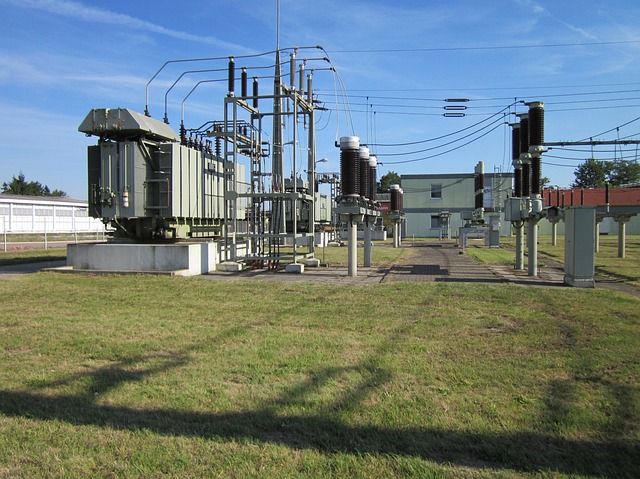London is known for its fast-moving environment, but the hustle and bustle of our capital is only beaten by its even faster-moving people. A destination that draws people in from across the world not only as a holiday and tourist destination but as a central hub for business and work.
Staying slightly closer to home however, London still has a huge volume of people working there, but unfortunately it is a very expensive place to live. People choose to move out of London for many reasons, whether they desire more space at home, or simply want a change from city life. Places on the outskirts of London offer great options for hotels, serviced apartments and similar places to stay that offer the things London can’t.
Nevertheless, moving away doesn’t mean people have to stop working in London. Being the bustling place that it is, the multitude of transport connections allows commuters to move to places such as Berkshire and Surrey, where they are still in ideal locations for easy trips into the capital.
Several commuter towns offer great places to live, with more affordable housing and a simple trip to work that achieves the professional and personal life balance that so many strive for.
Here are 10 of the best commuter towns to London for 2024:
1. Luton
Famous for its football club, with a heritage that lies in both hat-making and car manufacturing, Luton draws commuters in for a few reasons. Most notably and unsurprisingly, it’s far cheaper to rent in contrast to London.
One report suggested that rent was over 56% lower in Luton when compared to the capital. Average house prices are also far more reasonable in the £300,000 range. Not only is this attractive for people moving out of London for the first time, but also for first-time buyers looking to get onto the property ladder.
The biggest factor for commuters is the average travel time, which is another box ticked in Luton’s favour. A train into London will take anywhere from 30 to 45 minutes, while the less recommended driving journey will be a bit over an hour.
2. Maidenhead
Moving to Berkshire now, the picturesque town of Maidenhead has many of the benefits commuters look for in a place to live. Fast trains can get you to the busy London Paddington station in just 18 minutes. Also located on the Elizabeth line with regular stops, there is more than one option to take commuters into London.
A fantastic place for families, the low crime rates and high standard of living offers an idyllic location for those desiring a spacious contrast to city life. This does mean, however, that house prices are typically higher in comparison to other Berkshire towns such as Slough.
3. Milton Keynes
The largest settlement in Buckinghamshire, Milton Keynes offers the perfect mixture of busy city life and simple commuting connections into London. The town is also a hub for UK artwork, with programmes and exhibitions occurring throughout the year.
Commuting time ranges from 50 minutes to an hour and the thriving urban centre provides an exciting to place to live, at a fraction of the price of a home in London.
4. St Albans
Offering a brilliant aesthetic blend of history and modern, commuting options in St Albans are simple and quick for those looking for a change of scenery. Trains to London St Pancras take just 20 minutes, meaning you don’t have to worry about any long journeys into work.
A very desirable area with a vibrant art scene, St Albans has a young demographic that is renowned for high performing schools. Young families are not only drawn to this but the variety of housing options that range anywhere from £300,000 to £1 million.
5. Epsom, Surrey
A charming commuter town that most likely associate with horse racing, trains from Epsom are just 36 minutes and is the perfect place for those looking to live in a more rural area.
This doesn’t mean it loses any access to amenities that you would expect from city life. A lovely landscape with plenty of green spaces, there are also several high street shops and restaurants.
6. Reading
The journey to London Paddington from Reading takes a mere 27 minutes, with a fast service running every six minutes that offers commuters a fast and efficient travel option. The newer Elizabeth line is also very accessible from Reading, offering simple links to Heathrow and across London.
As the largest town in Berkshire, Reading remains a favourite location for London commuters, as it boasts a vibrant town centre with a variety of shops and restaurants, as well as a museum, university and culture venues that all come together to make it an exciting place to be.
7. Guildford
Famed for its cobbled streets and medieval buildings, Guildford is one of the most ideal places to live if you want quick access to Guildford. Whether you prefer a quiet town or an exciting urban town, Guildford has a little something for everyone.
The 30 miles into the city takes just 30 minutes so the efficient travel aspect that most commuters look for is certainly present when living in Guildford.
8. Hemel Hempstead
A place that attracts people for many reasons, the fantastic property prices make it another ideal spot for those looking for a more spacious home outside of London. It also offers a great opportunity for investment.
For commuters, the convenient 30 to 40-minute train into the centre of London or just over an hour by car is ideal, as long as you can look past Hemel Hempstead being crowned 2013’s Ugliest Town in Britain.
9. Henley-on-Thames
One of the best-connected places for the daily commute into London, Henley-on-Thames has rush hour trains taking from 43 minutes, which does include a change at Twyford.
Also famous for the annual royal regatta, but if the champagne-fuelled fun and formal blazers isn’t for you, it offers a great opportunity to Airbnb your home for a few days.
10. Woking
Perhaps the place on this list with the easiest journey into central London, the speedy 26-minute journey to London Waterloo was named the 2022/23 best rail station for London commuters by On Train Times.
Trains depart approximately every seven minutes, meaning you’ll never have to wait a while if you miss your original departure time – something that works in favour of every busy, fast moving London commuter.
Whether it’s the historic charm of St Albans, the scenic beauty of Henley-on-Thames, or the convenient connectivity of Woking, each of these commuter towns presents a unique blend of amenities and accessibility. As London continues to evolve, these towns stand as a testament to the enduring quest for a harmonious work-life balance.



 How to7 years ago
How to7 years ago


 More4 years ago
More4 years ago


 More6 years ago
More6 years ago


 Interview4 years ago
Interview4 years ago


 Other Internet Tech6 years ago
Other Internet Tech6 years ago


 More6 years ago
More6 years ago


 More6 years ago
More6 years ago






